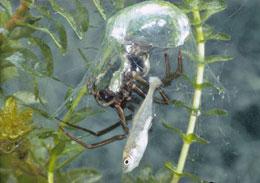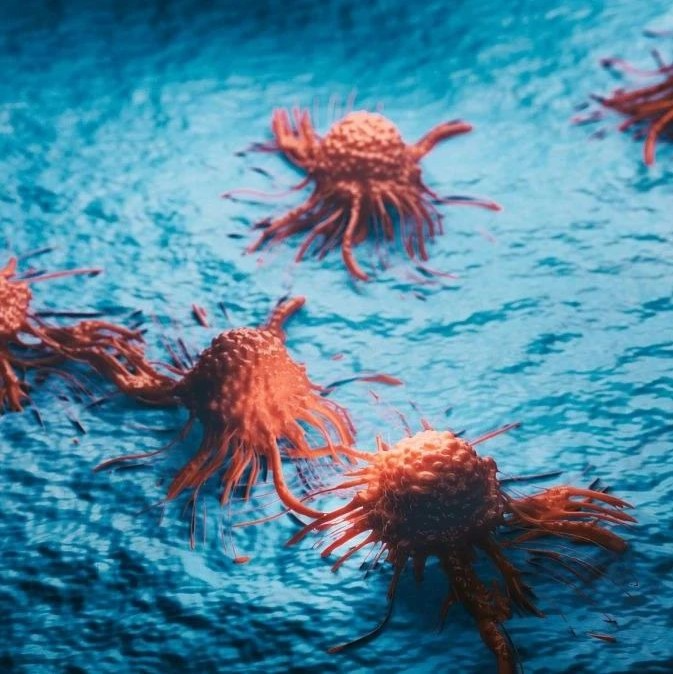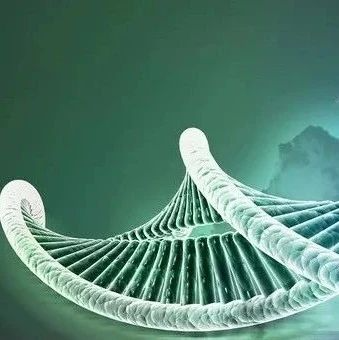摘要:生物学家最新发现,水蜘蛛之所以能整天生活在水面下,是因为它们用自己吐的丝编织了一个原始的气囊来为自己供氧。
据报道,阿德莱得科学家已经破解了生物界有关蜘蛛在水下呼吸的一个奥秘。
“潜水钟蜘蛛(diving bell spider)”或“水蜘蛛”在建立于水生植物之间的一个圆拱形网中存储气泡(traps air),然后它们就可以在水下停留很长时间。
阿德莱得大学教授Roger Seymour和德国柏林洪堡大学博士Stefan Hetz利用一个光纤传感器测量了蜘蛛空气泡中的氧气浓度。
它们发现潜水钟的工作机理和鱼鳃的作用是一样的 – 从水中提取氧气,所以蜘蛛每天仅需浮出水面一次来补充空气。
Seymour教授称:“之前的研究称,蜘蛛一天中必须每隔20至40分钟浮出水面一次。”
“我们发现蜘蛛可以安静的呆很长一段时间,与此同时继续利用它们的潜水钟吸取氧气,即使是在大热天中的死水中。这可以有效的保护蜘蛛躲开那些潜在的捕食者。”
水蜘蛛广泛分布于欧洲北部及中部的池塘中,是唯一终生生活在水下的蜘蛛,但它们也必须呼吸氧气。为适应水中生活,水蜘蛛最终进化出了这种气囊,以便从空气中收集、存储氧气。
水蜘蛛的腿上和腹部有短毛,可以用来捕获水面的气泡,气泡随后被带至气囊存储,气囊膜具有让将水中的氧进入、二氧化碳拍出的功能。此外,气囊还有其他的用途,比如水蜘蛛可藏身其中躲避掠食者,把卵产在里面保护起来,以及在里面抚养后代,等等。
生物探索推荐英文原文:
Underwater spiders use webs as 'gills'

Argyroneta aquatica has no need to go back to the surface to replenish its air bubble.
Diving-bell webs act as oxygen exchangers, not just aqualungs.
The diving-bell spider Argyroneta aquatica is unique in its ability to live most of its life underwater. But how does it make sure it always has enough oxygen? Scientists have now discovered that the underwater web it uses to store air is more than just a static diving bell — it can function in a similar way to fish gills by obtaining oxygen from the water.
The spider collects air from the surface in tiny hairs on its body and releases it underneath webs that it spins between underwater plants, forming its own air-filled diving bell. It was previously thought that the spider had to constantly refresh the air by taking frequent trips back to the surface.
However, it has been known for almost a century that air bubbles carried by certain diving insects can actively take up oxygen dissolved in the water, thus supplying much more oxygen than the original bubble contained. This led Roger Seymour at the University of Adelaide in Australia and Stefan Hetz at the Humboldt University of Berlin to question whether the spiders' diving bells could act in a similar way, taking up dissolved oxygen so that the spiders wouldn't always need to refill them with fresh air — exchanging dissolved oxygen rather like an artificial fish gill.
Because the spiders consume oxygen from the diving bell and expel carbon dioxide that dissolves rapidly into water, the team proposed that the decrease in oxygen concentration in the bell would cause oxygen to be taken up from the water. However, whether it was sufficient to meet the metabolic needs of the spider was not clear, as previous studies had revealed that the spiders constantly added more air from the surface.
Pressure probe
To test the idea, Seymour and Hetz collected spiders from the wild and kept them in aquaria in the lab. They then used oxygen-sensitive fibre-optic probes to measure the partial pressure of oxygen both in the diving bell webs and in the water 5-10 millimetres away from them, taking measurements when the spider was present and again when it was absent. By monitoring the rate of change of oxygen inside the bell and the volume of gas inside it, the researchers were able to determine how much oxygen entered the bell from the water as well as how much the spider consumed.
Seymour and Hetz report in The Journal of Experimental Biology1 that partial pressures of oxygen did differ between the outside water and the diving bells, and that this drove oxygen to slowly flow into the diving bells. "We were surprised to find that diffusion of oxygen was high enough to cover the breathing needs of the spiders when they were at rest," says Seymour.
They also found that spiders that were larger or engaged in energy-intensive activities, such as egg laying or feeding, made their diving bells bigger to allow more oxygen to transfer across, just as growing animals enlarge their own lungs and gills.
The spiders also showed a remarkable tolerance to low oxygen levels, allowing the oxygen level in the diving bells to drop to 10–20% of the level in the atmosphere before venturing to the surface to grab a bubble of fresh air. "Most insects are not happy below 4 or 5 kilopascals of oxygen," explains entomologist John Terblanche at Stellenbosch University in South Africa, "yet these spiders seem to be dropping to around 1 or 2 kilopascals without any obvious signs of distress."
Terblanche speculates that the spiders might have mechanisms at work in their bodies that allow them to use oxygen in a very efficient way. "This might be a particularly fruitful area for future research," he says.







